Finding Solutions with Marketing Automation
Have you got some marketing or sales problems? It’s time to find solutions with marketing automation. Most marketers end up only using marketing automation as a glorified email system, when there is so much more they could be doing! There are many underutilized features. Instead of looking at your marketing automation company as a bunch of really cool features, try to focus more on the solutions that they bring.
Problem: Our company just lost our best sales person. Now we’ve got to start from scratch with someone else. We don’t have the time or resources to slow down right now!
Solution: Marketing automation will help your company build a process around different phases of your business. For example, discovery meetings, post-demos, new customers, anniversaries, these are all important events in a prospect’s lifecycle that you could systemize for your company. Marketing automation is the right tool to help you implement a process around each of these events. When sales and marketers use these resources, they spend less time doing it manually and communicate your company’s messaging more accurately and consistently. When there’s a process in place, it makes it easier to insert or replace new employees and help them get up to speed; thereby lowering the cost of employee turnover.
Problem: I’ve overused the method of email communication. I need more ways to communicate with my prospects.
Solution: Companies that follow up their initial contact using different methods, in a persistent manner, get people thinking about them more and more. They wonder why this company is spending so much time trying to contact them. Research shows it takes anywhere from 5 to 7 touches in B2B sales before you can get someone’s attention. All five touches shouldn’t use the same communication channels though, they should be different, hitting the prospect from different angles. It could be a postcard, a text message, or even a handwritten letter! Find a marketing automation company that offers multiple channels of communication. Lead Liaison has the most channels of communication on the market.
Problem: I need to shorten my sales cycle.
Solution: It’s a known fact that nurturing leads shortens sales cycles by 23% and increases deal size by 47%. What salesperson wouldn’t want to close bigger deals, faster? Lead nurturing is a subtle way to build stronger relationships with people. The way to communicate is through education, and not blowing up the person’s cell phone or inbox with constant messages asking them if they’re ready to buy. You also want to make your communication personal, with your communication coming from the salesperson (lead owner). This is the entire concept around inbound marketing. Educate people, and when they’re ready to buy they’ll contact you. Nurturing workflows are typically setup by a marketer and used, and reused, over and over by the sales team. Nurturing is a 1:1 strategy, not a one-to-many strategy, and can be applied to prospects, customers, or partners. Check out the “Help Sales” portion of our Marketing Automation Playbook for some ways in which nurturing workflows could be used.

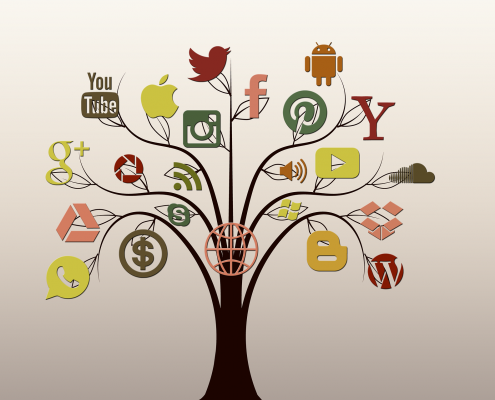
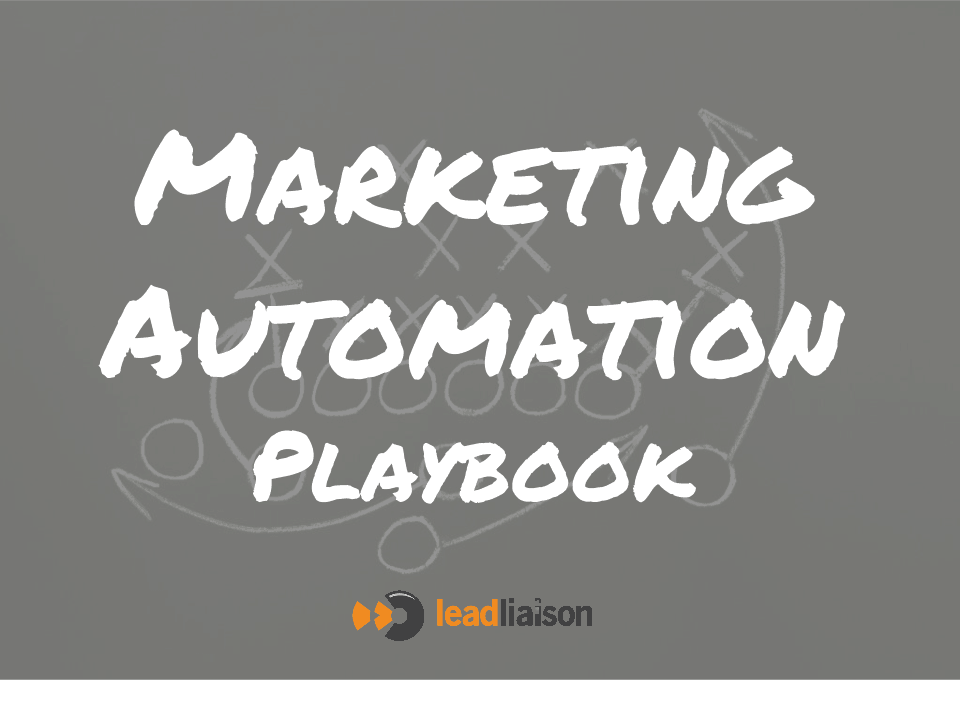
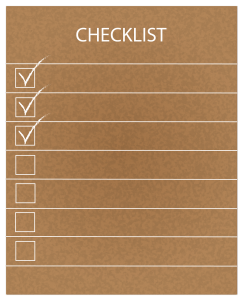
 Dynamic content can be
Dynamic content can be 
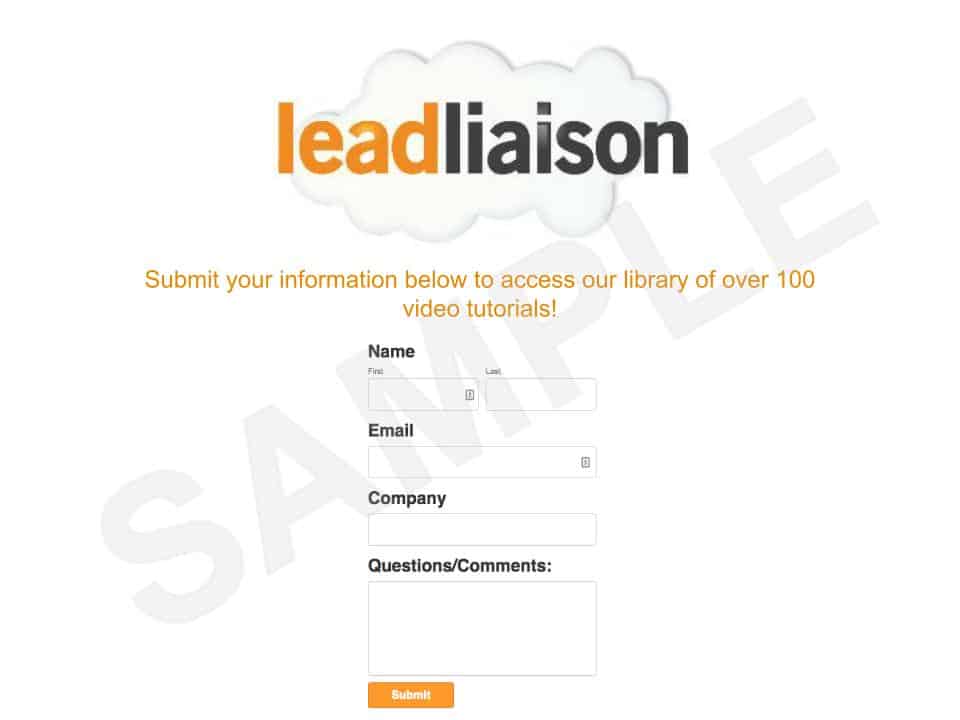

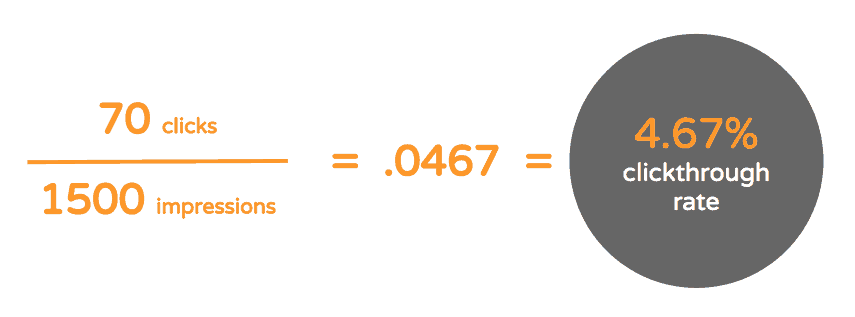 A Quantifiable Number
A Quantifiable Number
